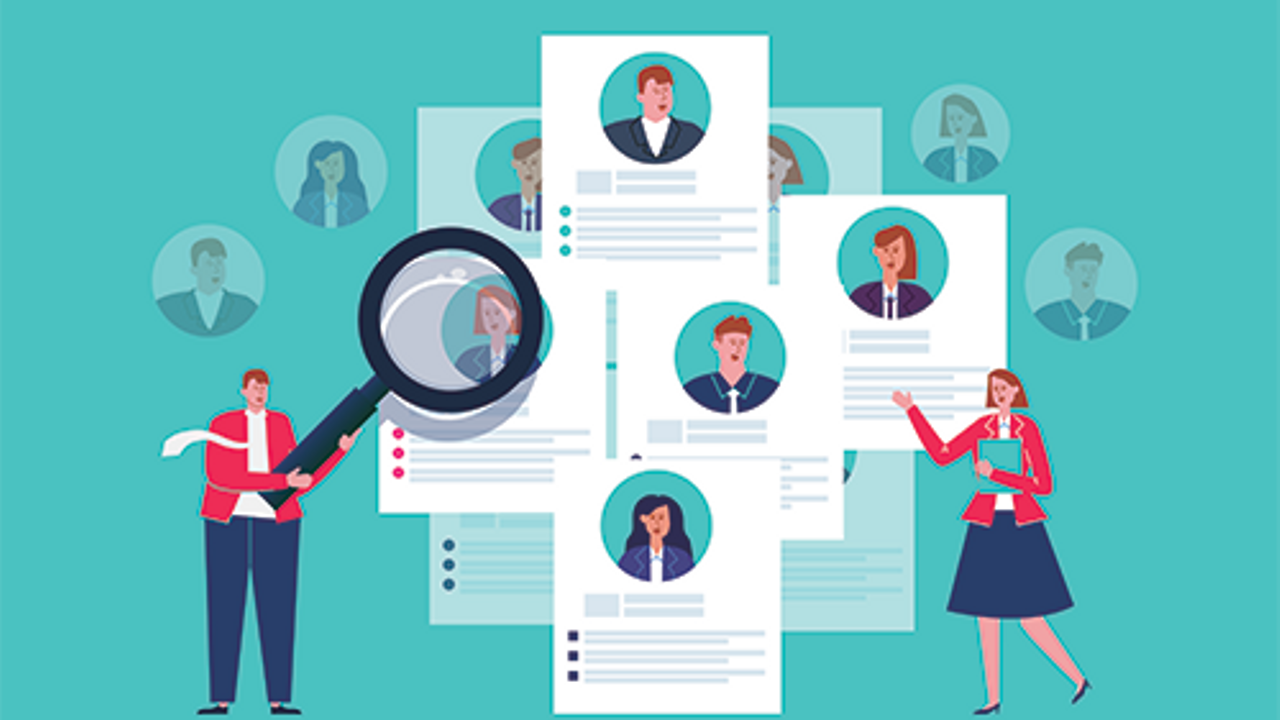Building B2B buyer personas are an important and influential part of marketing strategy, messaging and more.
Marketing activities are informed by the target audience they are being presented to. Building and applying B2B buyer personas results in more targeted and buyer-focused communications that are tailored to their needs and characteristics. So, how does one go about creating buyer personas? Here, we cover the three-step process that will ensure your marketing efforts are relevant to and resonate with those you wish to engage.
What is a B2B Buyer Persona?
A buyer persona is an actual but fictional composite of primary and secondary buyers of one’s offerings. A detailed buyer persona includes everything from demographic, psychographic and firmographic information. Firmographic information details the industries and organizations served along with their relevant business goals and challenges. Demographic and psychographic information is more individualized, detailing such things as age, role, personality, and interests.
Step 1: Research Current Customers
- The first step in creating buyer personas is to research current customers. Getting a clear picture of who you are talking to is critical to understanding what messaging and content will resonate. There are several ways to obtain information from your customers, but here are a few that might help you get started:
- Interview Potential Clients: Assessing the specific needs of clients is one of the best ways to understand their wants and needs in a product or service. Knowing the challenges they face will be insightful for your organization to determine whether your offering may be of use to them. From here you can form messaging and marketing initiatives with that information in mind.
- Social Media: Social media platforms are a great way to see what people are talking about. They can also provide information as to who they are, what interests they have, what groups they are a part of as well as any additional connections they have. Social listening will allow you to synthesize and understand what they are talking about and what things your organization can focus on in marketing campaigns or efforts.
Step 2: Define What You Need
After compiling initial research, this is where you will need to put it into use. Defining exactly what you need to build your persona is what matters most here. Here are some questions you will want to have the answers to:
- Role: What is the most common job title? What unique responsibilities does this role hold?
- Company: What type of company do they work for? How many employees do they have? What industry are they in?
- Goals: What are they trying to achieve? What goals do they have for either themselves or their organization?
- Challenges: What challenges do they face as an organization? What are they looking for that will allow them to overcome these challenges?
- Preferred Resources: What types of content do they like to consume the most? Are they on social media? If so, what is their activity like?
Step 3: Put It All Together
The last step in the process is to take the information you gathered from your research and matching it with what you have defined you need for your buyer personas. Organizing your information in accordance with the questions above will allow you to layout exactly who your buyer persona is and what they are looking for. From here, you will be able to create or adjust, marketing campaigns to best fit the characteristics they exhibit. For example, knowing their role, company and company size can help you determine if they are someone in a decision-making position or if they are instead just a key influencer. This will help you adjust your messaging to cater to the position they hold. These will also be insightful for marketing efforts. If they are looking for a specific offering that addresses one or more of their issues, this could be your organization’s opportunity to capitalize by creating targeted and defined messaging that speaks directly to these areas.
Keep in mind that your buyer personas can, and will, change over time. This is especially true when you first create personas. As you uncover more information about your customers and what motivates them, personas will evolve to represent your organization’s target audience more accurately.
Creating inbound marketing strategies that are consistent with your identified buyer personas will ensure that marketing efforts are result-driven and address the bottom-line of the business.
Buyer personas drive more aligned marketing efforts and better business outcomes. For a comprehensively covered and coach supported guide to the process, check out our Target Audience and Persona Development course and out buyer personas to work for your organization today.

